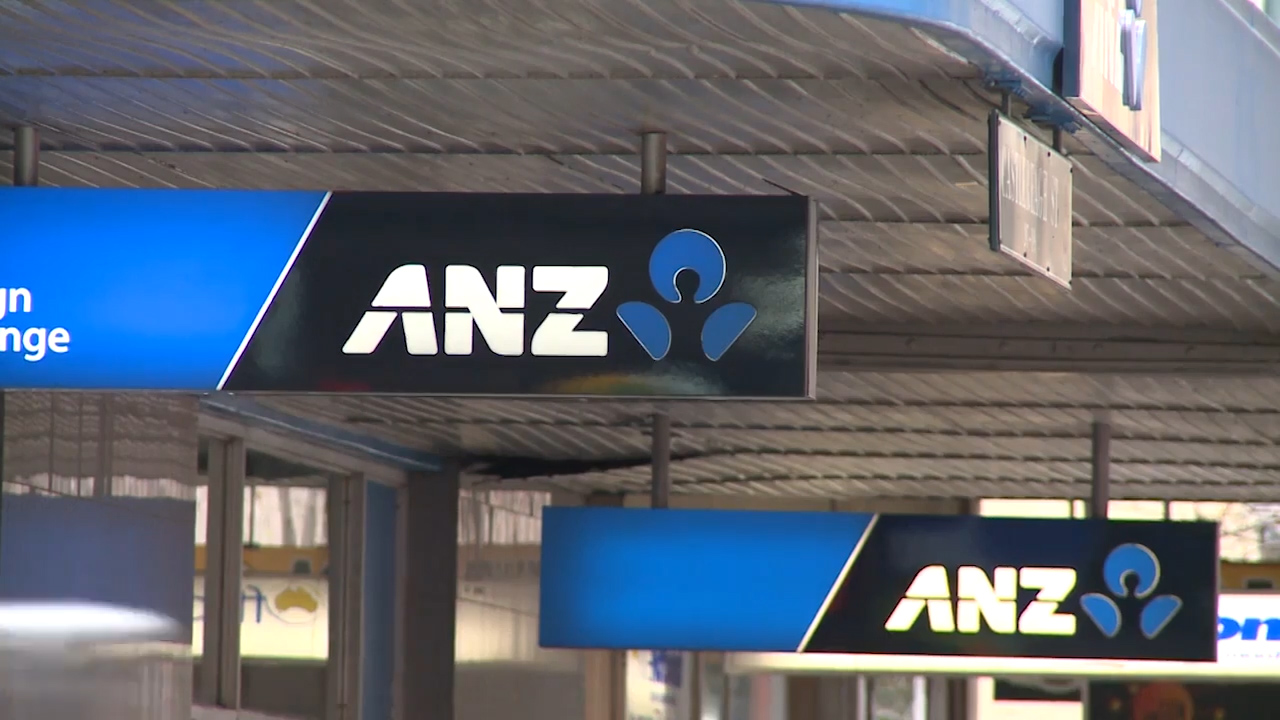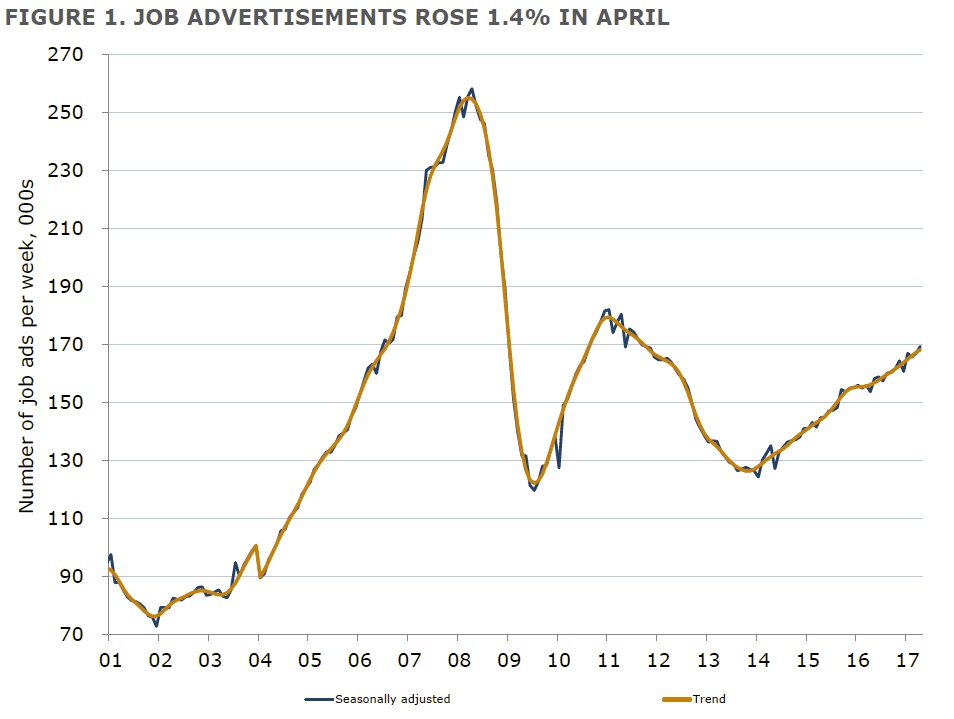Normally I would write to update you on our financial performance at that time. However, with the recent announcement of a new tax covering five major Australian banks in the Australian Government’s Federal Budget, I felt there was a need to be in touch with you sooner.
It is not only important to share with you the key aspects of our performance in the first half of 2017, we feel it is important that you are aware of the likely impacts of the tax and how we are addressing the situation.
2017 FIRST HALF FINANCIAL PERFORMANCE
During the first half of 2017 ANZ made good progress with our strategic focus on creating a simpler, better capitalised and more balanced bank. Statutory Profit was $2.9 billion, up 6%, allowing us to distribute an Interim Dividend of 80 cents per share fully franked in line with the first half of 2016.
A highlight of ANZ’s performance in the first half was the progress we made in strengthening the bank and improving shareholder returns. ANZ’s Common Equity Tier 1 capital position rose to 10.1%, our strongest position in recent history. Our Return on Equity increased from 9.7% to 11.8%, the first material increase we have seen since 2010.
These are strong outcomes reflecting a significant reshaping of ANZ’s business over the past 18 months to adapt to the rapidly changing environment and deliver materially better outcomes, not only for shareholders but for our customers and the community.
In every area of the business we continued to work hard to improve the experience of our customers. We reduced interest rates on some credit cards, introduced new debit cards to improve accessibility for vision-impaired customers, and announced plans to improve security through the use of voice biometrics. To support small businesses, we launched new digital solutions such as ANZ BladePay and ANZ Be Trade Ready.
In Australia and New Zealand our aim is to be the best bank for home owners and people who want to start and run a business. Both Australia and New Zealand delivered a solid performance in the first half. We are growing prudently in home lending in Australia and remain number one for home loans across New Zealand concentrating on owner-occupiers,
and in the small business segment.
In Institutional Banking we continued to reshape the business to improve returns through the distinctive proposition we have supporting trade and capital flows to customers who value our network and capabilities in Australia, New Zealand and Asia. This saw Institutional Banking deliver positive results in Australia and Asia supported by strong productivity gains and improved capital efficiency.
We also made good progress in simplifying our business. We completed a strategic review of Wealth Australia and we are currently exploring strategic options for the business while ensuring that the distribution of quality Wealth products and services remains part of ANZ’s customer proposition. We also signed agreements to sell our 20% stake in Shanghai Rural Commercial Bank, the UDC Finance business in New Zealand, and ANZ’s Retail and Wealth businesses in six Asian countries.
IMPLICATIONS OF THE BANK TAX
In the 2017 Federal Budget, the Australian Government announced it would introduce a new tax from 1 July covering five major Australian banks. Based on the current draft legislation and ANZ’s 31 March 2017 balance sheet, we estimate that its annual financial impact would have been approximately $240 million after tax.
The net financial impact, including the Bank’s ability to maintain its current fully franked ordinary dividend, will be dependent upon business performance and decisions we make in response to the tax.
Clearly we are disappointed at the introduction of this new tax. However, given the support it has in Parliament, we accept that it will pass into law.
Our focus has been to work constructively with government to ensure the legislation associated with tax is as fair and efficient as possible in the circumstances. We believe:
- The tax should have a sunset clause where it is extinguished when the Federal Budget is repaired, which is the principal stated reason for the tax.
- The level of the tax should be set in the legislation so it cannot be increased in the future without the agreement of both Houses of Parliament.
- Any future proposed adjustment should be referred to the Council of Financial Regulators for their public advice on how the tax and any proposed changes interact with other regulatory objectives.
- The tax should apply equally to large foreign banks operating in Australia to ensure that it does not give foreign banks a competitive advantage over Australian banks in the area of global institutional lending.
BUILDING BRIDGES, RENEWING TRUST
To me, the bank tax is further evidence of the breakdown in the banking industry’s relationship with many in the Australian Parliament and the broader community. I want to assure you that ANZ has been working hard to ensure that community trust in banks reflects the crucial role we have in keeping our economy strong and secure. This includes our positive and constructive approach to recent Parliamentary inquiries and to dialogue over the introduction of this tax.
It is not in shareholders’ interests or the national interest that the relationship between banks and the community continues in this way. We clearly have much to do but our aim is to work even harder to help repair the relationship for the good of shareholders and of all Australians. We acknowledge that this will require us to think and act differently. However, ANZ believes that making this change is fundamental to creating value for shareholders, for customers and for the community now and in the future.
Our acknowledgement of the need to change and our actions will, I hope, be understood by the community as a genuine commitment to responsibly, serving our customers’ and communities’ needs.
ANZ has been an important contributor to Australia and New Zealand’s economic growth and prosperity for more than 180 years. While this is a challenging time, at ANZ we have a clear strategy, our business is performing consistently and we are committed to work even harder to help our customers succeed and to build stronger communities. On behalf of shareholders, I want to acknowledge and thank our 50,000 employees around the world for the contributions they make every day in the interests of so many customers in Australia and internationally.
ANZ is well positioned to continue delivering for shareholders and all our other stakeholders.








